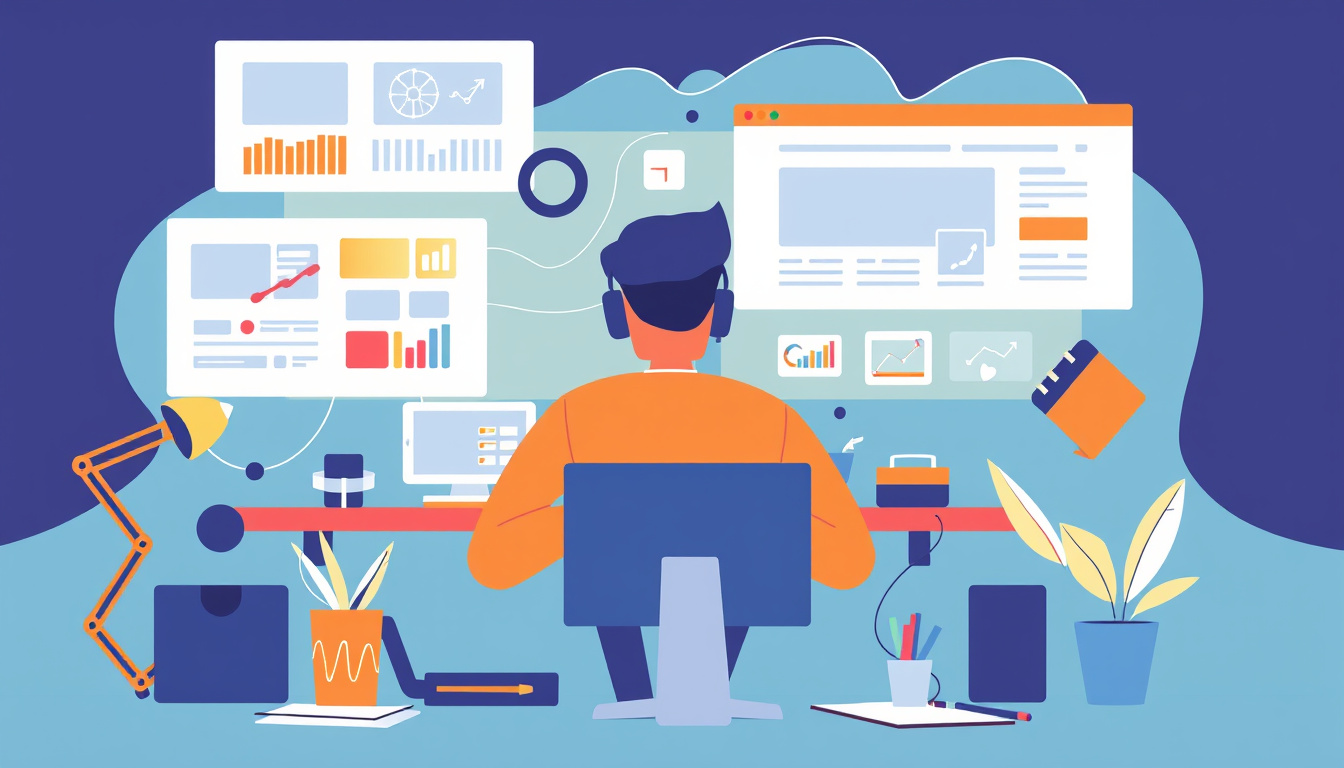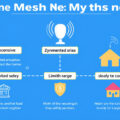User experience (UX) is a critical component in the development of products, services, and digital interfaces that effectively engage users. It encompasses how users interact with and feel about a product throughout its lifecycle—from initial discovery to ongoing usage. Understanding the nuanced dimensions of UX is essential for creating designs that are not only functional but also enjoyable and meaningful. This article delves into the intricacies of user experience, its core principles, and its transformative potential in enhancing engagement.
Understanding User Experience
User experience refers to the overall relationship that a user builds with a product or service. Defined by Don Norman, who coined the term in the 1990s, UX includes every aspect of a user’s interaction with a company and its offerings. This encompasses not only the interface and usability but also emotional responses, satisfaction, and overall perceptions related to the interaction (Nielsen Norman Group).
According to the International Organization for Standardization (ISO), user experience encompasses a user’s perceptions and responses resulting from the usage—or anticipated usage—of a product, system, or service. This definition highlights the dual focus on both the user’s emotional responses and the functional effectiveness of the product.
The Key Components of User Experience
-
Usability: How easily can users achieve their goals with the product? This involves assessing task effectiveness, efficiency, and satisfaction.
-
Accessibility: Is the product usable for individuals of all abilities? Design must consider diverse user needs to ensure inclusivity.
-
Credibility: How trustworthy is the design from the user’s perspective? Establishing a trustworthy experience significantly influences user retention.
-
Satisfaction: How enjoyable is the product to use? Engaging designs create positive experiences that lead to brand loyalty.
-
Usefulness: Does the design effectively solve user problems? A product must not only work well but also meet real user needs.

Differentiating User Experience from Related Concepts
It’s important to clarify how UX differs from commonly confused terms:
-
UX vs. Usability: While usability focuses on the ease of use and task completion, UX encompasses a broader experience, including emotions and brand interactions.
-
UX vs. UI: User interface (UI) refers to the visual components of a product—buttons, layouts, and aesthetics—while UX is concerned with the overall experience, including how users feel while interacting with these components.
-
UX vs. Customer Experience (CX): While UX deals specifically with the interaction with a product, CX includes the entire journey with a brand, engaging all touchpoints, from marketing to support.
The Evolution of User Experience
The evolution of user experience reflects a shift in design philosophy over decades. Initially rooted in usability and functionality, modern UX design emphasizes emotional engagement and holistic interaction patterns. While usability is crucial, today’s UX practitioners blend psychological insights with design principles to foster richer experiences.
Innovations in technology—particularly mobile, social, and interactive platforms—have further shaped the UX landscape. Users now expect seamless, pleasant interactions across multiple devices and environments. As a result, the focus has broadened from mere usability to designing for emotional and contextual experiences.
Engaging Users through Thoughtful Design
Designing exceptional user experiences is an iterative process that incorporates user feedback and behavioral insights. Key steps include:
-
User Research: Understanding the needs, frustrations, and behaviors of users through interviews, surveys, and usability testing.
-
Persona Development: Creating detailed user profiles that represent target audiences to inform design decisions.
-
Wireframing and Prototyping: Developing visual layouts and interactive prototypes allows for testing ideas before full-scale implementation.
-
Testing and Iteration: Continuous testing with users provides insights for refinement and improvement, ensuring the product meets user needs effectively.
-
Multi-Disciplinary Collaboration: UX design often involves collaboration among designers, developers, marketers, and other stakeholders to align differing objectives and visions.
Conclusion
In an increasingly competitive market, exceptional user experience is no longer a "nice-to-have"; it is a business imperative. Companies that prioritize UX cultivate not only customer satisfaction but also loyalty, driving long-term engagement and profitability. By understanding users as holistic beings who interact with products through emotional and practical lenses, organizations can design experiences that resonate deeply and keep users coming back. The journey of transforming user interactions starts by embracing the principles of outstanding user experience throughout every stage of design and development.



